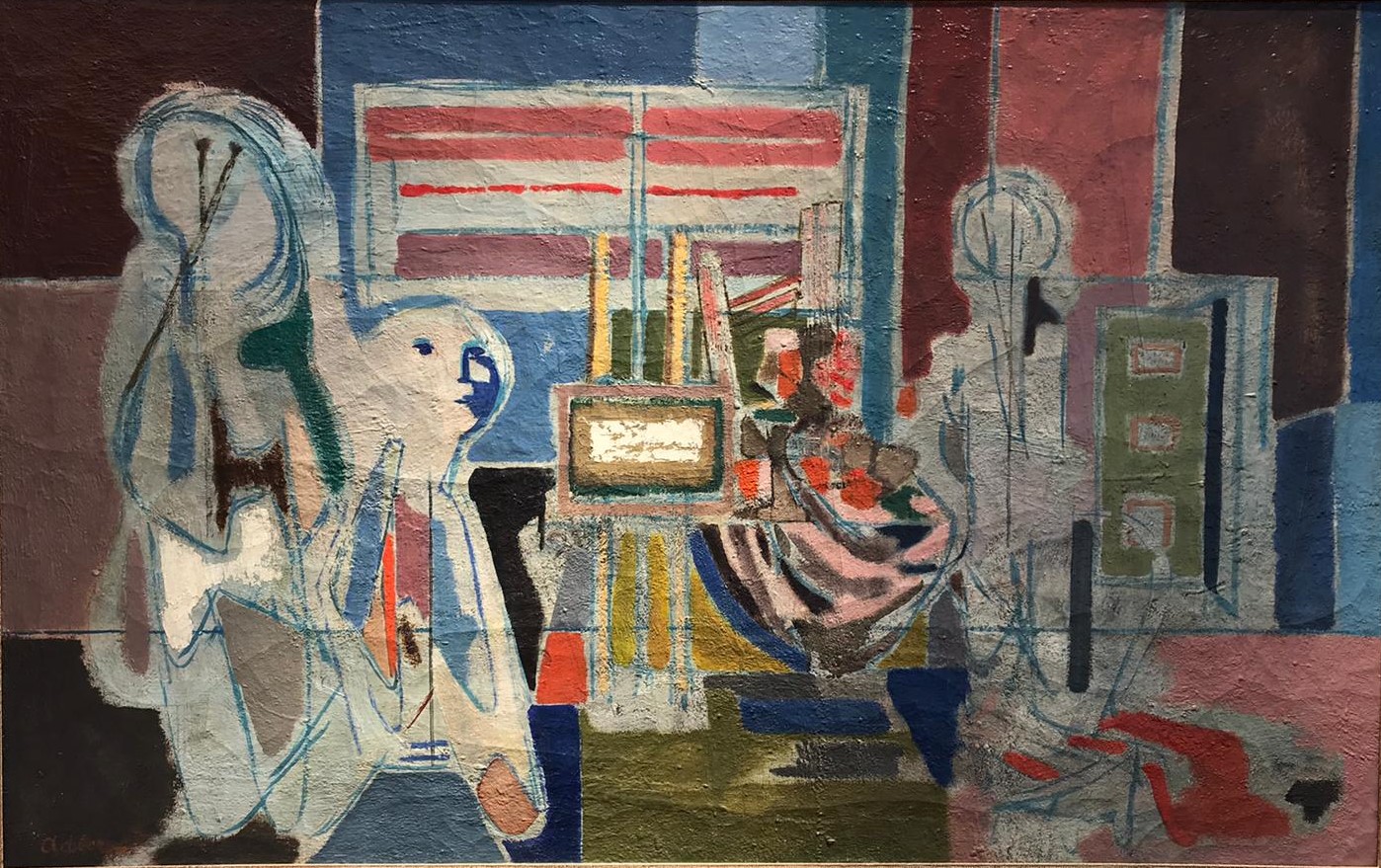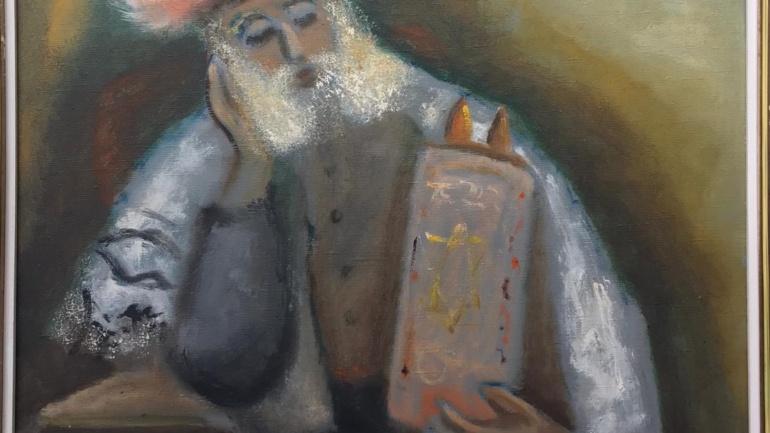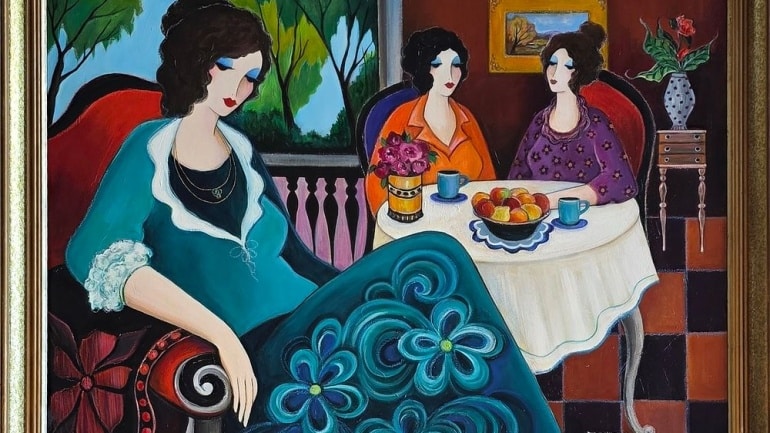Please find details of “The Artist’s Studio”
Jankel Adler was a Jewish-Polish painter, printmaker and poet. The artist was born in Tuszyn, a suburb of Łódź. In 1912 Adler began lerning from his uncle the art of engraving in Belgrade. However, in 1914 Adler moved to Germany and started his education at the college of arts and crafts. In 1918 the artist for two years left Germany for Łódź. There he joined the first Jewish avant-garde artistic and literary group in Poland Yung-yidish.
Later
In Germany in May 1922 Adler attended the Congress of Progressive artists and signed the “Founding Proclamation of the Union of Progressive International Artists”. As a professor at the Dusseldorf Academy of Arts, he became acquainted with Paul Klee, whose ideas and artistic style greatly influenced Adler’s work of that period.
His life turned dramatically with Hitler’s rise to power. As a modern artist and Jew he suffered prosecution. Moreover, two of his works were displayed at the Mannheimer Arts Center as examples of degenerate art in 1933. Also, his art started to be seized from public collections and was exhibited in 1937 in the Degenerate Art Exhibition in Munich. The painter moved to Paris and was a part of anti-fascist resistance movement, he volunteered for the Polish army.
Artistic style
In the early period Jankel Adler worked in the style of Expressionism, his paintings were based on mystical plots. Especially, he painted Jewish folklore, Biblical and Talmudic stories. Over time, under the influence of Picasso and Léger, he became interested in Cubism. In particular, he started creation of the stylized figurative compositions without abandoning narrative motifs. According to the aesthetics of the early Cubism, the artist showed one theme from several perspectives at the same time. In still lifes he pasted scraps of wallpaper with various patterns and newspaper clippings. Also, artist included imitations of the wood texture, he inserted letters and numbers in the compositions, and inter alia Hebrew Calligraphy.
“The Artist’s Studio” is not an exception in this sense, as it consists of different fragments. The painter in the right part seems to work in front of the imaginary creature, probably a bird like symbol of inspiration, which Adler painted very detailed. The door and the window are unproportional, moreover, the whole painting appears to be a mixture of partly connected elements.
Although there is a single plot, multicolored rectangles on the background divide the artwork into parts. The painting reminds of a theatre scenery with three or even more layers. Furthermore, due to the blurry shown artist’s shade and a plenty of slight contours around his silhouette, the figure seems to be in motion, it is like a depicted moment of an episode change in the video. As described before, all characters and objects are shown from different points of view.
Kings gallery
Kings Gallery is a leading fine art gallery established in Jerusalem in 1995. We strive to collect and sell the highest quality historic and contemporary Israeli and International art. The gallery specializes primarily in artists from the early period of the 1920’s. Besides, Kings Gallery features leading up-and-coming young artists who will definitely be prominent names in the next few years.





